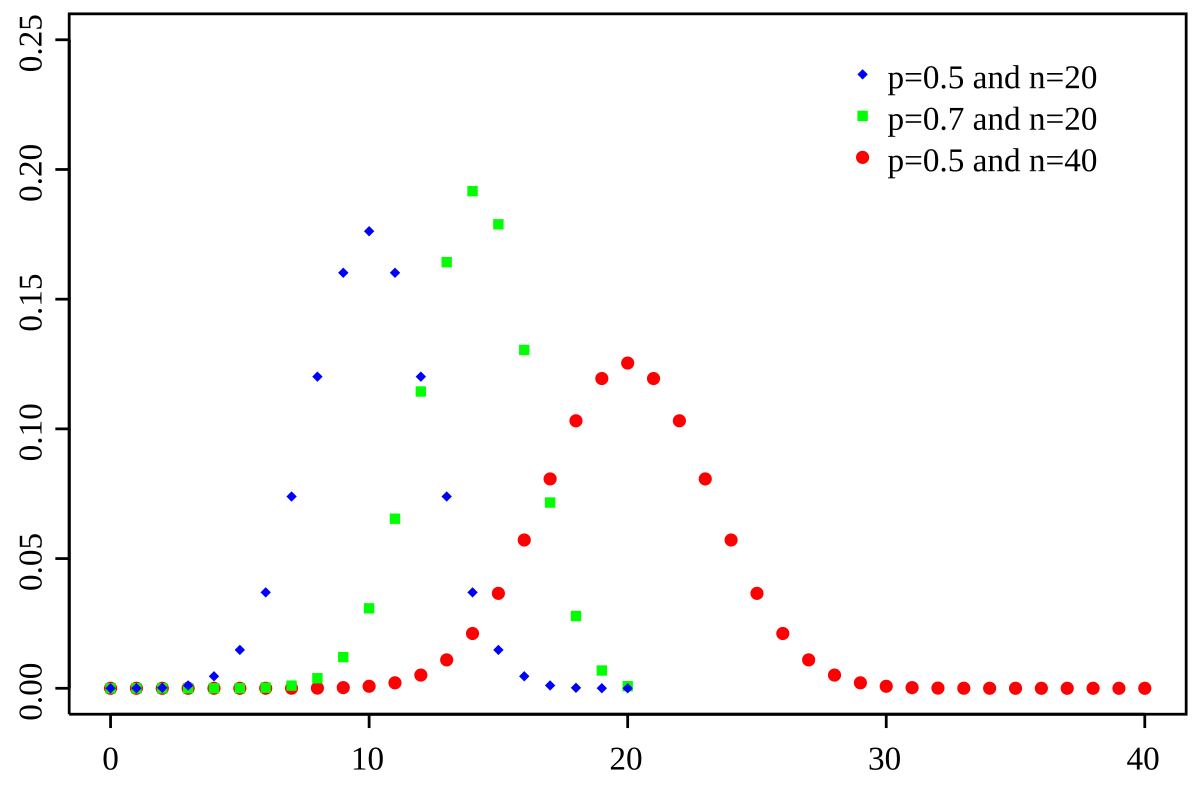Swammerdami
Squadron Leader
Inspired by Alcoholic Actuary, I plan on placing some more probability puzzles in this thread. I'll assign them Roman numerals. Please feel free to add other puzzles of your own, labeling them with the next Roman numeral.
I have three "nifty" puzzles to start with, ranging from the quite easy, to one I solve with elementary calculus. (Although derived via calculus, it has an amazingly simple solution, so perhaps there's some elegant intuition or shortcut to find the solution.)
I. Pick a card, any card.
Place a $100 bet on the table; Shuffle an ordinary deck (26 red cards and 26 black cards). and keep it face-down. You will go through the cards one-by-one, keeping the card's color hidden until you announce. For each card announce either "Inspect" or "Red!"; then turn the card over to expose its color.
You must say "Red!" exactly once during this process. (If you "Inspect" 51 times in a row, you are required to select the final card.) If the chosen card is Black you lose your $100. If Red, you're paid $100 for a $200 total.
What is your best strategy? For example, if you say "Inspect, Inspect, Inspect" and the first three cards are Black do you call "Red!" next (the odds are on your side) or do you "Inspect" another hoping that the odds improve even further?
Please hide your solutions in Spoiler tags.
Edited to capitalize Roman, just to please Bilby -- who despite his complaint here doesn't seem to know that proper names are capitalized!
I have three "nifty" puzzles to start with, ranging from the quite easy, to one I solve with elementary calculus. (Although derived via calculus, it has an amazingly simple solution, so perhaps there's some elegant intuition or shortcut to find the solution.)
I. Pick a card, any card.
Place a $100 bet on the table; Shuffle an ordinary deck (26 red cards and 26 black cards). and keep it face-down. You will go through the cards one-by-one, keeping the card's color hidden until you announce. For each card announce either "Inspect" or "Red!"; then turn the card over to expose its color.
You must say "Red!" exactly once during this process. (If you "Inspect" 51 times in a row, you are required to select the final card.) If the chosen card is Black you lose your $100. If Red, you're paid $100 for a $200 total.
What is your best strategy? For example, if you say "Inspect, Inspect, Inspect" and the first three cards are Black do you call "Red!" next (the odds are on your side) or do you "Inspect" another hoping that the odds improve even further?
Please hide your solutions in Spoiler tags.
Edited to capitalize Roman, just to please Bilby -- who despite his complaint here doesn't seem to know that proper names are capitalized!
Last edited:

